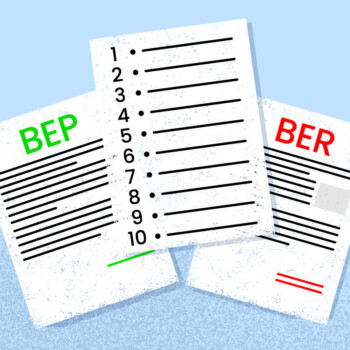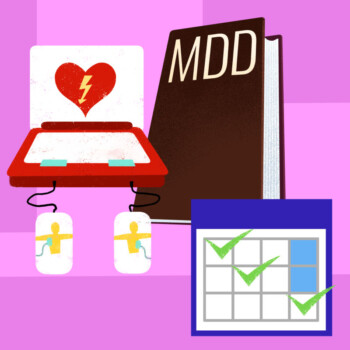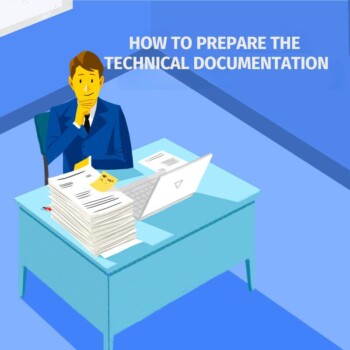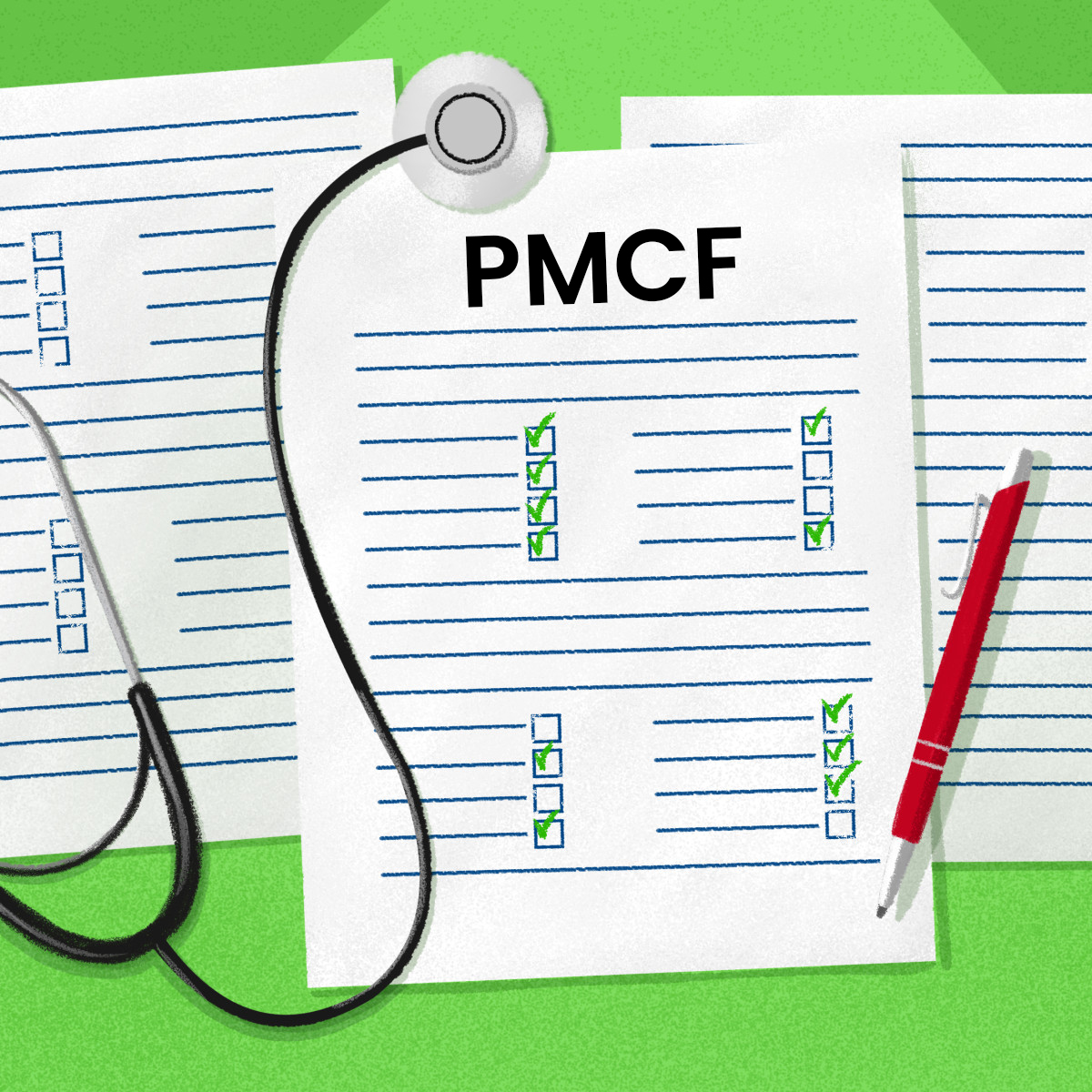For all medical devices except custom-made devices, manufacturers are required to draft and maintain up-to-date Technical Documentation in accordance with Annexes II and III of Regulation (EU) 2017/745 (MDR). The purpose of this documentation is to demonstrate the device’s compliance with MDR requirements and facilitate its evaluation.
Annex II outlines in detail all the information that must be included in the Technical Documentation, while Annex III specifically addresses the Technical Documentation for post-market surveillance.
Both annexes emphasize the fundamental requirement that all documentation must be presented clearly, organized, unequivocally, and in a format that is easily consultable.
Key Contents of Technical Documentation According to Annex II.
The contents to be included are divided into six main points:
- Description and Specifications of the Device, Including Accessories and Variants
1.1 Requires descriptive information about the device and its intended use, justification for its qualification as a medical device, its risk class, and justification for the classification rules applied per Annex VIII.
1.2 Calls for identification of any previous generations of the device produced by the same manufacturer and similar devices available on the market.
- Information Required from the Manufacturer
This point requires the full series of:
- Labels affixed to the device and packaging (unit, commercial, and transport packaging if specific handling conditions apply).
- Instructions for use in the languages accepted by the Member States where the device is to be sold.
- Design and Manufacturing Information
This section must include:
- Information allowing understanding of the design phases of the device.
- Comprehensive specifications, including manufacturing processes and their validation, auxiliaries, continuous monitoring, and testing of the finished device.
- Identification of all sites involved in design and manufacturing, including those of suppliers and subcontractors.
- General Safety and Performance Requirements
- Documentation for this point must demonstrate compliance with applicable requirements, considering the intended use of the device, along with explanations for why other requirements are not applicable. The demonstration of compliance must include:
- Methods used to demonstrate compliance with each applicable GSPR.
- Relevant harmonized standards, common specifications, or other solutions applied.
- Precise identification of controlled documents proving compliance with each harmonized standard or method, referencing where such evidence can be found within the complete technical documentation.
5.Risk-Benefit Analysis and Risk Management
This section must contain information on:
- Risk and benefit analysis.
- Solutions adopted and results of the risk management process.
- Verification and Validation of the Product
The documentation must provide results and critical analyses of all verifications and validations conducted, as well as studies performed to demonstrate compliance with MDR requirements, particularly applicable GSPRs. This includes both preclinical and clinical data, such as:
- Test results (technical tests, laboratory tests, simulated use tests, and animal studies), and literature evaluations relevant to the device.
- Protocols and reports of biocompatibility studies, physical, chemical, and microbiological characterization, stability tests, or electrical safety and electromagnetic compatibility testing.
- The clinical evaluation report and its corresponding plan.
- The PMCF plan (post-market clinical follow-up) and the PMCF evaluation report or justification if PMCF is not applicable.
Additional Information for Specific Cases
Supplementary information is required for specific cases, such as devices:
- Containing a substance that can be considered a medicinal product if used separately.
- Manufactured using human or animal tissues or cells or their derivatives.
- Composed of substances intended to be introduced into the human body and absorbed or dispersed locally.
- Containing CMR substances or endocrine disruptors.
- Marketed sterile or under specific microbiological conditions.
- Having measuring functions.
- Requiring a specific combination/configuration with other devices to function as intended.
For these particular devices, Annex II, point 6.2 specifies the additional information required in the Technical Documentation.
Post-Market Surveillance within the Technical Documentation
The Technical Documentation must also include the section on post-market surveillance, as addressed in Annex III of the MDR. This includes a post-market surveillance plan and the periodic safety update report as specified in Article 86 of the MDR, or the post-market surveillance report required under Article 85 for Class I devices.
Technical Documentation for Custom-Made Devices
For custom-made devices, although Annexes II and III of the MDR do not apply, manufacturers are still required to prepare and maintain documentation related to the device they produce. This documentation is subject to the requirements of Annex XIII, point 2 of the MDR, which must minimally include the manufacturing locations and provide a clear understanding of the design, manufacturing, and performance of the device.











